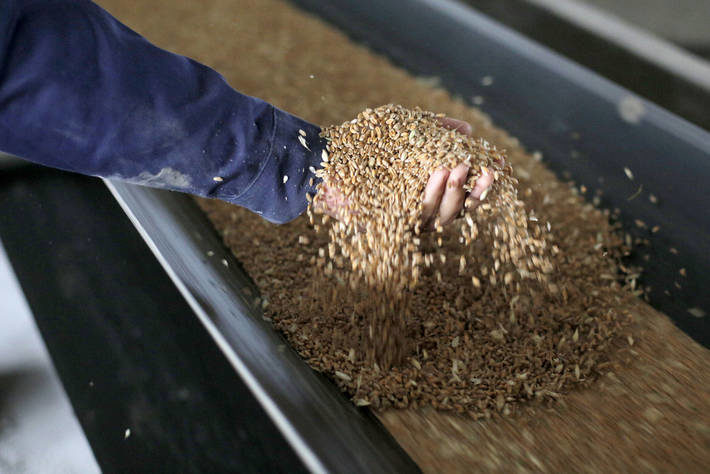ROME, ITALY— For the fifth consecutive month in a row global food prices rose in October. According to the Food and Agriculture Organization of the United Nations (FAO), increased prices were led by cereals, sugar, dairy and vegetable oils.
The FAO Food Price Index, which tracks international prices of the most traded food commodities, averaged 100.9 points in October 2020, up 3.1% from September and 6% above its value in October 2019.
The FAO Cereal Price Index increased 7.2% from the previous month and 16.5% above its value in October 2019.
“The surge was mainly driven by wheat prices amid shrinking export availabilities, poor growing conditions in Argentina and continued dry weather affecting winter wheat sowings in Europe, North America and the Black Sea region,” the FAO said. “Maize, feed barley and sorghum prices also remained under upward pressure in October, while those of rice subsided.”
For a second consecutive month, the FAO did lower its world 2020 cereal production estimate based on decreased coarse grains production in the EU and Ukraine.
Despite the reduced production forecast, the FAO does expect the global cereal output to total 2.75 billion tonnes, 1.6% above the 2019 output.
Global wheat production is also decreased as the FAO anticipates output in Ukraine and Argentina due to adverse weather.
World trade in cereals for 2020-21 is forecast increase by 3% from the 2019-20 level to 451 million tonnes, with expansions predicted for all major cereals, led by a 4.7% anticipated increase in global trade in coarse grains.
The FAO Vegetable Oil Price Index posted a nine-month high, with an increase of 1.8% due to stronger soy oil and palm oil prices, according to the FAO.
The FAO Dairy Price Index rose 2.2% from September driven by market tightening for near-term deliveries, underpinned by robust import demand from Asian and Middle Eastern markets in October.
Lower sugar output in both India and Brazil, boosted the FAO’s Sugar Price Index 7.6% in October.
Unlike the others, the FAO Meat Price Index fell 0.5% continuing a consecutive nine-month decline in prices.






